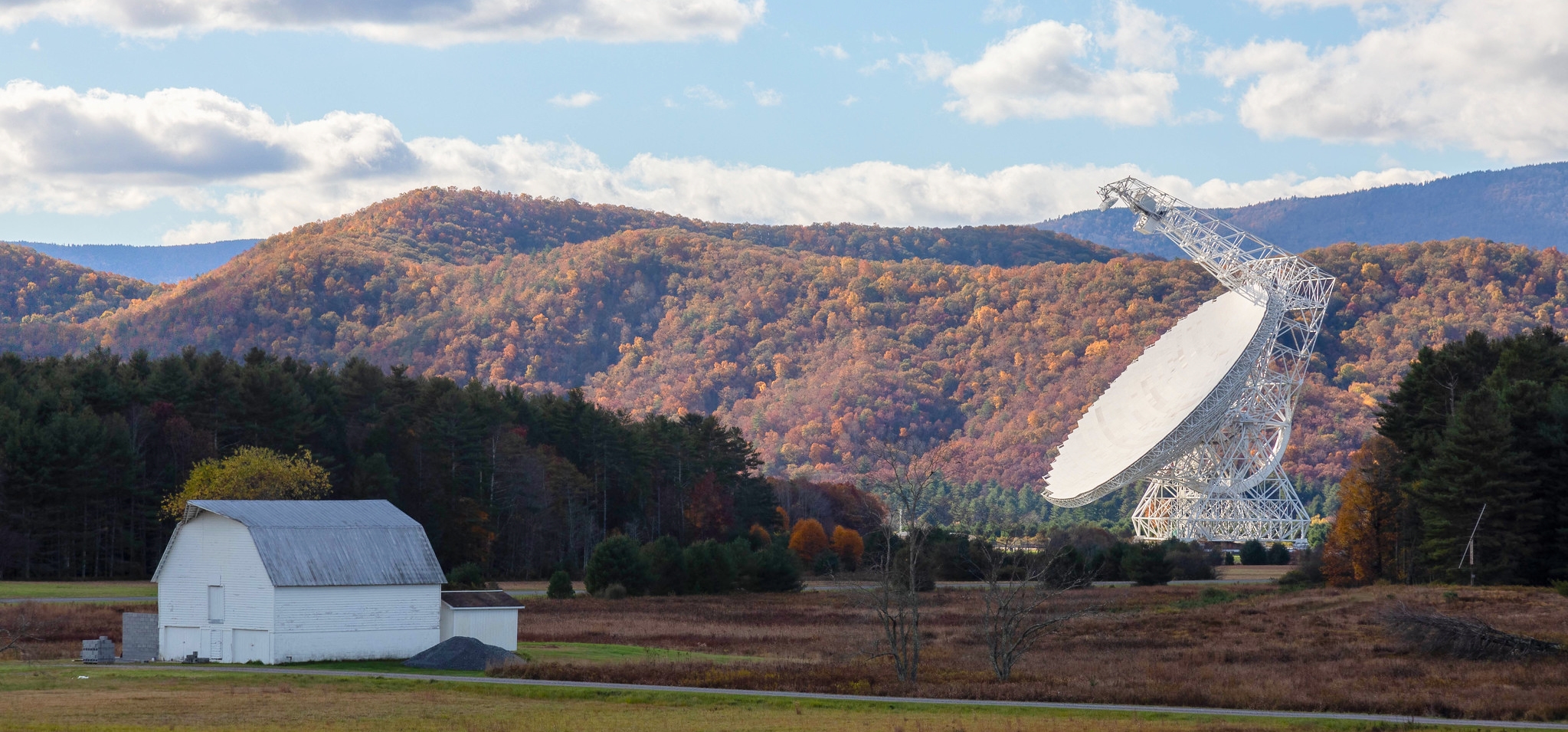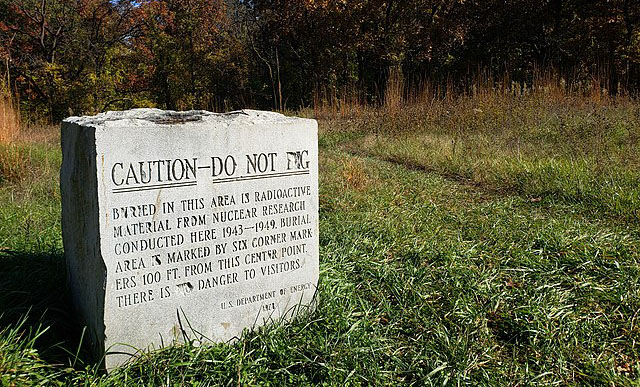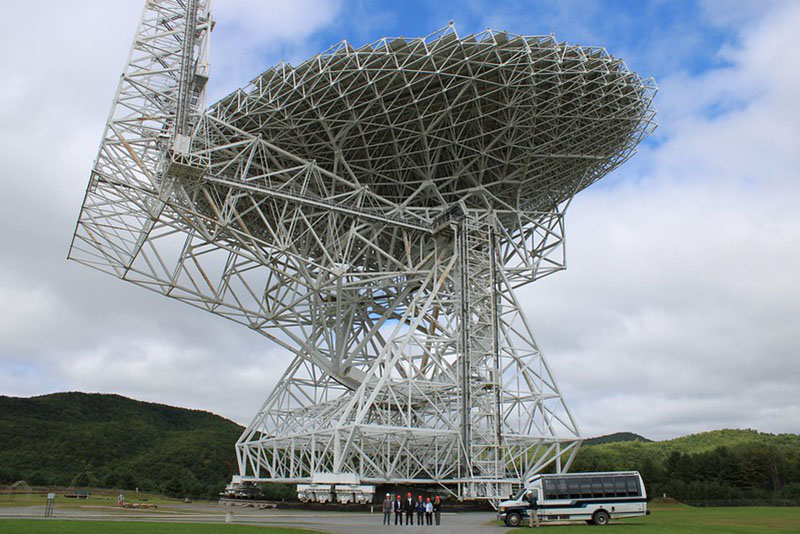Historic Sites Initiative

Green Bank Observatory in West Virginia, dedicated as an APS Historic Site in 2023. Photo: David Brossard/Flickr, CC BY-SA 2.0 DEED
Recognizing Historic Physics Sites and Events
Every year, the American Physical Society recognizes a select number of sites where important events in the history of physics took place.
With your nomination, you are helping to raise public awareness about noteworthy events and illuminate the impact of scientific advancements on everyday life.
New sites are selected by the Historic Sites Committee. Awardees receive a plaque commemorating the site's significance to physics, and a listing in the Historic Sites online directory.
Historic Site Nominations and Sites
- Nominate a site (Deadline: January 31)
- Historic Sites
Congratulations 2023 Historic Site Awardees
Congratulations to our newest historic sites, Chicago Pile “Site A” and Stagg Field!
Chicago Pile “Site A”
University of Chicago
The Chicago Pile Site “Site A” is recognized for its transformational and impactful role in the development of nuclear energy, nuclear applications such as radioisotope production for medicine and research and research employing neutron scattering.

Credit: Wikimedia Commons
Stagg Field
University of Chicago, Metallurgical Laboratory
On 2 December 1942, a pivotal moment occurred at CP-1. Enrico Fermi led the world's first self-sustaining nuclear chain reaction, a remarkable achievement. The reactor's construction took place under Stagg Field's west viewing stands by the talented team from the University of Chicago's Metallurgical Laboratory.

Green Bank Observatory
Green Bank, West Virginia
Green Bank Observatory has been a leading radio astronomy facility since its founding in 1957. Discoveries made here include the radio source at the center of the Milky Way, interstellar molecules, and the first pulsar in a supernova remnant, which confirmed the origin of these objects. It was also the site of the first systematic search for evidence of extraterrestrial civilizations.

